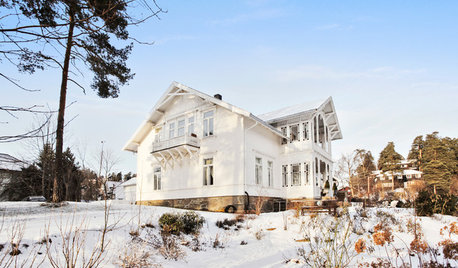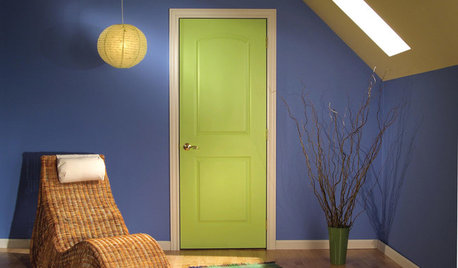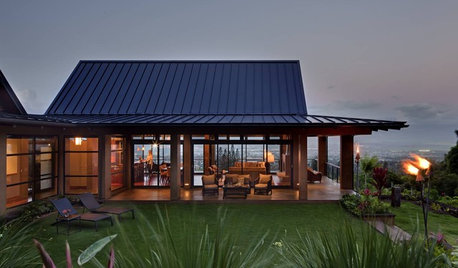Service Upgrade 125 to 200 Amp Details
accord500
13 years ago
Related Stories

HOUZZ TOURSHouzz Tour: Updated Elegance for a 200-Year-Old Norwegian Mansion
Original details are restored to glory with a modern color palette and set off by fresh furnishings and a more open layout
Full Story
GREAT HOME PROJECTSUpgrade Your House With New Interior Doors
New project for a new year: Enhance your home's architecture with new interior doors you'll love to live with every day
Full Story
KITCHEN DESIGN10 Upgrades for a Touch of Kitchen Elegance
Give your kitchen a more refined look by changing just a detail or two
Full Story
MOST POPULAR13 Upgrades to Make Over Your Outdoor Grill Area
Kick back on your patio or deck with a grill that focuses on fun as much as function
Full Story
REMODELING GUIDESOriginal Home Details: What to Keep, What to Cast Off
Renovate an older home without regrets with this insight on the details worth preserving
Full Story
KITCHEN DESIGNHow Much Does a Kitchen Makeover Cost?
See what upgrades you can expect in 3 budget ranges, from basic swap-outs to full-on overhauls
Full Story
ARCHITECTUREThe Truth About 'Simple' Modern Details
They may look less costly and easier to create, but modern reveals, slab doors and more require an exacting hand
Full Story
DESIGN DETAILSThe Secret to Pocket Doors' Success
Pocket doors can be genius solutions for all kinds of rooms — but it’s the hardware that makes all the difference. See why
Full Story
ARCHITECTUREDesign Workshop: The Lowdown on Colossal Doors
Want to erase the boundary to the outdoors? Here’s what to know about materials, cost, energy efficiency and more
Full Story
TINY HOUSESHouzz Tour: A Custom-Made Tiny House for Skiing and Hiking
Ethan Waldman quit his job, left his large house and spent $42,000 to build a 200-square-foot home that costs him $100 a month to live in
Full Story









smithy123
accord500Original Author
Related Professionals
Brownsville General Contractors · Elgin General Contractors · Jericho General Contractors · Signal Hill General Contractors · Warren General Contractors · Vienna Handyman · Glen Ellyn Solar Energy Systems · Madison Solar Energy Systems · Menifee Solar Energy Systems · Cutler Bay Home Automation & Home Media · Detroit Home Automation & Home Media · Hialeah Gardens Home Automation & Home Media · Oak Hill Home Automation & Home Media · Waltham Home Automation & Home Media · Winchester Home Automation & Home MediaRon Natalie
Ron Natalie
brickeyee
normel
DavidR
Ron Natalie
pharkus
ontariojer
accord500Original Author
accord500Original Author
pharkus
jmorrow
Ron Natalie
groundrod
pharkus
normel
hexus
hexus
alan_s_thefirst
accord500Original Author
texasredhead
oldhousegal
pharkus
accord500Original Author
countryboymo
brickeyee